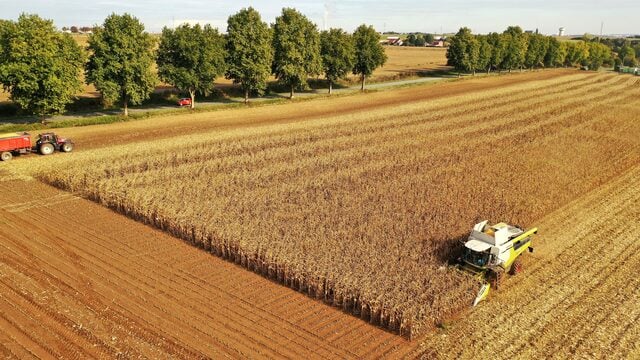
PARIS, Feb 24 (Reuters) – Grain crops in the European Union were still mainly in good condition by mid-February, but excess moisture in France and dryness in Eastern Europe remained risks for this year’s harvest, the EU’s crop monitoring service said on Monday.
In France, heavy rainfall in the northwest in January exacerbated already-high soil moisture levels, creating unfavourable conditions for crop development, MARS said in a report.
The wet start to the year has fuelled concerns in France, the EU’s biggest grain producer, of a repeat of the soggy 2024 harvest that featured the smallest wheat crop since the 1980s.
The condition of French wheat declined sharply between early December and early February before steadying, according to data from the farm office FranceAgriMer.
In Eastern Europe, crops in western Romania and Bulgaria have suffered in particular from limited moisture since the start of the season, and those areas could see resowing in spring, MARS said.
Severe frosts expected during the second half of February were also a threat to crops in Eastern Europe already weakened by a lack of rain, particularly if they were without protective snow cover, it said.
Crop damage in the EU, however, was estimated to be relatively limited so far compared with eastern Ukraine, Morocco and Algeria that have endured more acute dryness, it added.
(Reporting by Gus Trompiz; Editing by Tasim Zahid)

